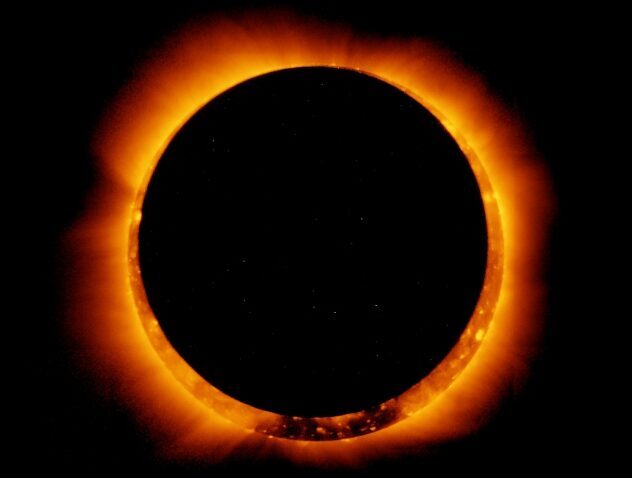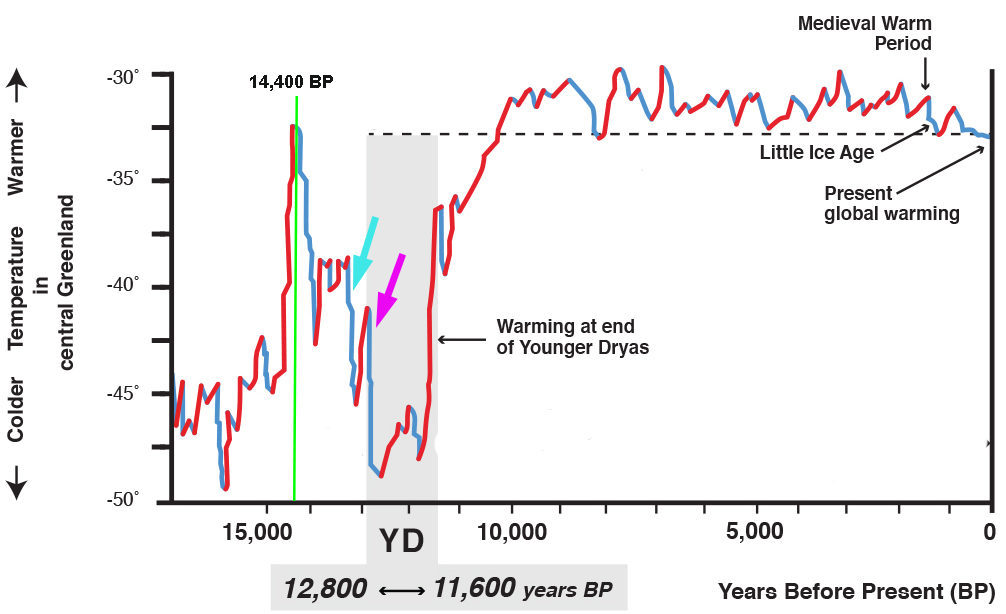Hi Revolucionar,
I‘m happy to read about your success, your plans and your efforts! I think you have a nice plan cooking and I‘d like to share some observations based on my experience.

I'm definitely not putting the house down as collateral. That would be crazy.
When doing business with banks, please read small letters. I don’t think I had a loan in Croatia where small letters didn’t say that that they are entitled to your property in case you cannot pay the debt.
So, watch out for that!
Wood is actually rather unhealthy to burn and extremely inefficient, but yeah, if that's all you can get, you better be able to use it.
My remarks about wood were based on stuff I heard and read in the past, but doing a bit of digging now has shown that I was quite wrong. Wood is a good option, especially if you have acces to free wood in sufficient quantities, but all in all, I still consider it a last resort kind of thing that I should have in place nonetheless.
I‘m glad you did your research on the wood; here I have a few points.
My father‘s job is installing central gas heating and water plumbing.
So we had at home 2 systems in one; one central heating furnace that runs on gas and one that runs on wood. Both furnaces are connected to the central system and you can choose: to heat the house with wood or with gas.
I can say right now: radiators were NEVER as warm on gas heating in comparison to wood heating. I don’t know why but for some reason wood is always better. Even if you put a smal amount of fair quality wood in the furnace it would heat up the radiators very quickly and very warm.
Second, if you have a large open space, my parents and my godparents have a smal furnace that works like you opened the gates of hell.
It warms up the space so fast and so natural, air is not dry and my godparents have it in the middle of the house and then simply open the bedroom doors to let in a bit of warmth.
Both of these furnaces look something like this
Gusana peć na drva, kamin
I‘m sorry but I don’t know and cannot find the English translation of this type of furnace.
So it is a nice backup solution for heating.
Also, we were building and renovating our house and what we did was fireplace heating option.
My father installed radiators trough the house.
In the middle of the house we had a fireplace and my father connected the central system to it.
Fireplace looks something like this
Kamin na drva, ugradbeni 10 kW - FERGUSS FG17 and it sits on cement blocks and is surrounded with the massive stones.
End result looks something like this
Country Fireplace - Fond du Lac Natural Stone but not quite; imagine it in the middle of the room with dark gray stones…
Anyway, my father put the pipes around the fireplace before it was build in and you can turn the pump on/of if you want to heat the rest of the house.
The fireplace is very strong in heat plus when the stones get warm they also radiate the heat so we had no need in additional heathing of the lower ground.
We would only switch the pump on for heating of the first floor and our final goal was to install solar panels that would run the pump and other appliances so we would be completely off the grid.
And if we have no power from solar, we still have the whole lower part of the house that is warm from fireplace.
We also had our own water well with water pump connected to the kitchen and bathroom.
So except from electricity, we were almost completely „cut off the world“.
And isolation; we didn’t managed to do properly isolate the house, but none of that is important now since we moved away…

So, yeah, here are a few ideas, maybe some of them help you out.

I hope you find the best solution for your house and I hope to read that you succeed in your plans and that all is working well!!!







